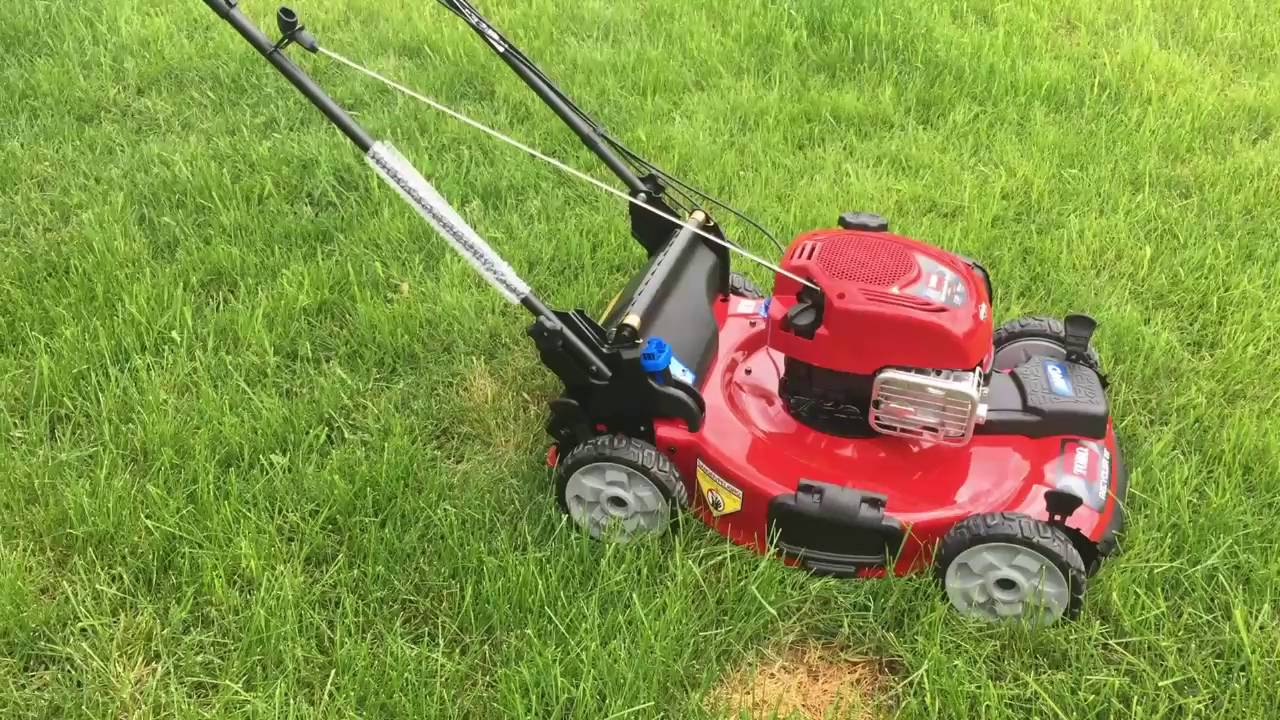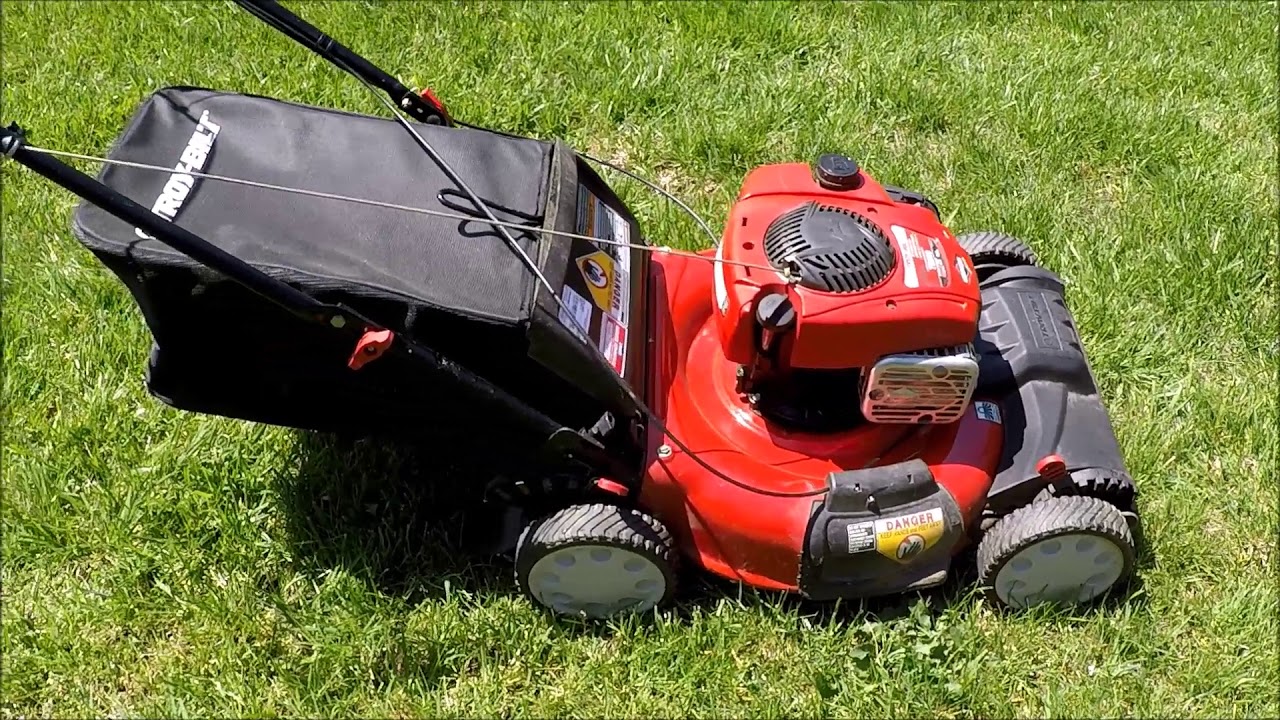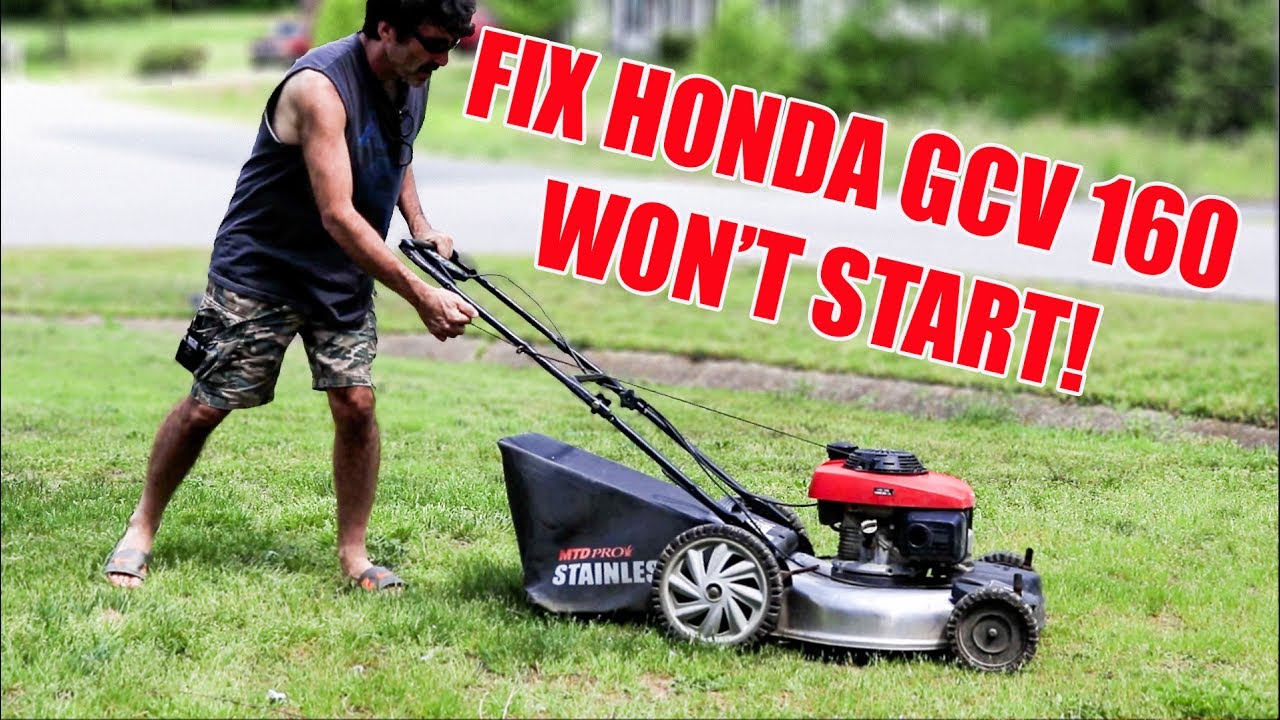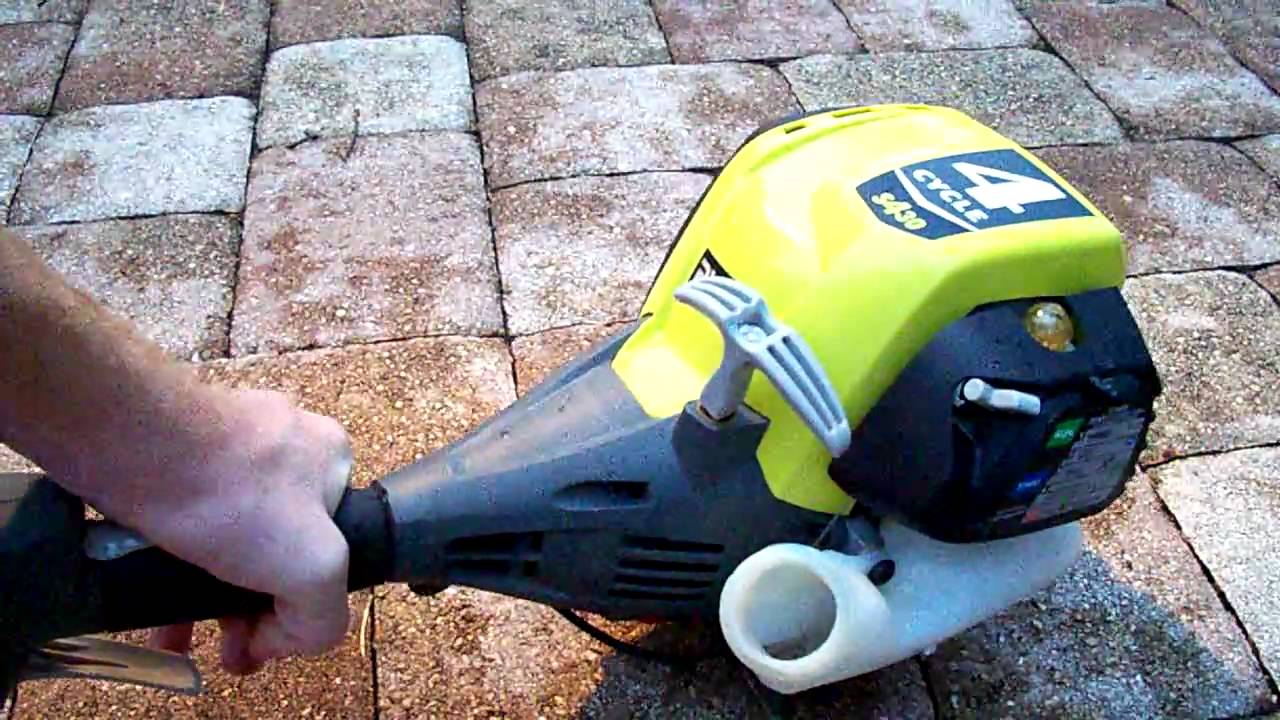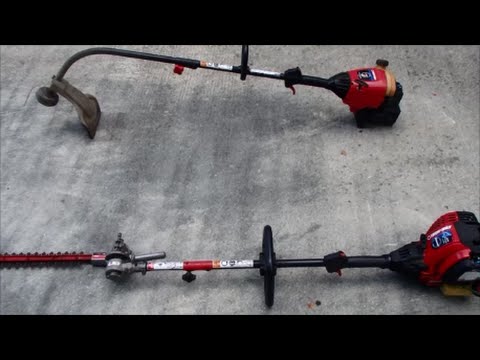Let us start by introducing Toro 22” Recycler. It is well-known for its powerful performance and lightweight agility. It has an add-on feature of ‘no oil changes for the life of the engine.’ The most exciting feature is its pace sensors, which adjust to your walking speed (up to 4.8 miles per hour).
Now let us talk about the reason which is bothering you.
The Most Common Reasons Why Recyclers or Mowers will Not Start are:
Clogged or Faulty Carburetor
It is one of the most common reasons that lawnmowers do not work. A carburetor may be either clogged or dirty. A clogged carburetor happens when the fuel is left in the lawnmower for an extended period.
Due to this, some of the components in the fuel may either evaporate or degrade into components, maybe even leave behind more dense, thicker, and stickier substances. This component of fuel can clog up the carburetor and prevent the engine from starting.
If the carburetor is clogged, then the first step is to try cleaning it with carburetor cleaner. If cleaning the carburetor does not work, then it must either be replaced or repaired.
But do remember that removing the carburetor can take a lot of time and effort. So, before you try that, make sure you start by cleaning the carburetor first, and if yet it does not work, then you can either repair or replace it. There are many products available online which are helpful for cleaning carburetor.
In case if you do not know how to remove the carburetor, then make sure you take some professional help as you will not be interested in damaging your lawnmower. If you are not interested in cleaning the carburetor, then it is OK too, as carburetors are not expensive or very difficult to replace. But do make sure that if you are replacing the carburetor, then it is suitable for the engine of the lawnmower.
Closure of the Fuel Valve and Sticky Fuel Valve
Valves generally control the direction and flow rates of the fluids. In this case, it stops gasoline from leaving the fuel tank and going to the lawn mower’s engine. It is usually located at the base of the fuel tank. Many people tend to close the valve when they think there are not going to use a lawnmower anytime soon.
So do check whether you have left the valve open or not. This rarely causes any problems for the lawnmower. But in case you note any leakage or find out that it does not entirely shut off the fuel flow, the valve must be replaced. Take care while replacing the fuel valve and ensure that you choose the right kind of fuel valve that matches your product.
Low Quality or Old Fuel
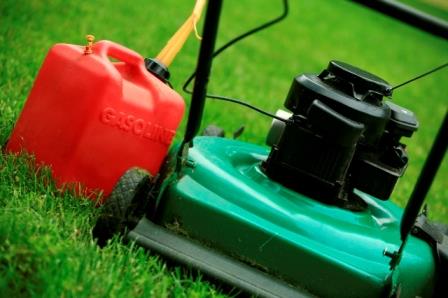
Old or low-quality fuel is by far the most significant cause of all engine issues. Generally, avoid cheap and low-quality fuels for your lawnmowers.
In case if you are using 10% ethanol gasoline, then it is fair but does avoid using 15% ethanol gasoline as it may cause some severe damages to plastic and rubber materials and may cause permanent damage to the engine.
Toro advises using ethanol-free gasoline with e10 as the maximum limit. Any methanol blend is strictly NOT advised. They have additionally advised the usage of fuel stabilizers. The addition of even a few drops of fuel stabilizers can keep fuel fresh for about a year or so.
Just in case if you do not add fuel stabilizers, then typically, fuel is considered old when it is stored for more than one month. This old fuel might not even ignite to start your lawnmower. So, if you have forgotten to empty the fuel from your lawnmower, then drain the old fuel and feed the fresh one. Always make sure that you store fuel only in a clean and empty vessel or can. Ensure that the old fuel is adequately disposed of or recycled.
Faulty Spark Plug
Suitable spark plugs which give a spark at the right time is essential. Fuel must be ignited before it can start up your Toro lawn mower engine. The spark plug does this task, and generally, it must be replaced every year to keep the lawnmower in a healthy condition.
The more you use the lawnmower, the necessity to change the spark plug increases. However, the Toro company recommends installing a new spark plug after every 200 hours of lawnmower operation.
There is a gapping tool that adjusts the ignition gap such that the spark plug works appropriately. Look into the owner’s manual to adjust the correct gap for your lawnmower as it may vary from model to model. Inspect the spark plug for any signs of wear and tear or damage.
Replace the spark plug if an insulator is cracked or an electrode is burnt/damaged, or there is carbon buildup at the electrode. You can also use a spark plug tester to check whether the spark plug is defective or not. If there is no or small spark, then this indicates that the spark plug is defective and must be replaced.
Battery Issues
Some Toro lawn mowers have electric starters that work on battery power. These electric starters have batteries that need to be charged at least twice a year. You may need to charge the battery more than twice a year if you use lawnmowers more often. Sometimes even if the battery is fully charged, lawnmowers still will not start if they have a damaged fuse.
Check your Choke
Older versions of Toro lawn mowers run with manual choke, whereas newer versions have an auto choke. The manual choke has a lever to control them. As the engine heats up, the choke plate tends to open. This condition is known as choke-off. Both versions of the choke create a fuel-rich condition by decreasing the amount of air and increasing the amount of fuel supplied to the engine.
For manual choke initially, you must move the lever to a full choke position to start a cold engine. If you cannot see the choke, then remove the air filter; this allows you to see the choke plate. To ensure that the plate is fully closed. Now, as the engine warms up a little, move the choke to the run position. Make sure that the choke should be off at this point.
Look that it is moving to the off position. The auto choke system is controlled by a lever that is connected to a thermostat, which is positioned close to a cylinder head. As this cylinder head warms up, the choke plate should open. Auto choke models do have ‘hot start flooding issues.’ To correct it, you may drill a hole in the choke plate.
Blockage of the Air Filter and Clogging of Fuel Filter

A clogged fuel filter happens mostly because of leaving old fuel in the lawnmower. Due to this, some of the components in the fuel may either evaporate or degrade into components, maybe even leave behind more viscous, thicker, and stickier substances. This sticky fuel component can clog up the fuel filter and prevent the engine from starting.
A dirty air filter prevents air from reaching the lawn mower’s carburetor, and this can cause a Toro lawn mower not to start. Air filters trap dust and dirt to keep the engine running clean, but they need to be replaced each year or even more frequently if dust particles block them.
Turning the air filter cover in a clockwise direction unlocks it so that you can remove it. Once you remove the air filter, clean it with a dry rag before you insert it back again. Replace the filter cover by aligning the tabs with flange slots and turn the air filter cover counterclockwise to lock it in its place again.
Faulty Ignition Coil
The ignition coil sends voltage to the spark plug when the engine is running. If the ignition coil is defective, the engine may not start at all. Before replacing the ignition coil, ensure that the spark plug is working correctly. Only when you have confirmed that the spark plug is working correctly, then you can test the ignition coil with an ignition coil tester. If the ignition coil is defective, then replace it with a new one.
Flywheel Key
There may be a possibility that the flywheel key might have been sheared or damaged. The flywheel key is a small metal piece that fits into the crankshaft and connects with the flywheel. Generally, if the lawnmower engine stops suddenly due to hitting a rigid object, then the flywheel key breaks apart to prevent damage to the engine.
If the flywheel key is broken, then the lawnmower will not start. To check if the flywheel key is broken or not, remove the flywheel from the engine and inspect the flywheel key. Just in case the flywheel key is broken, then replace it with a new one.
Low Compression
Piston rings, valves, and cylinder head gaskets help create compression. If compression lowers beyond a set value, then the engine will not run. Try to seek professional help when you recognize this problem.


